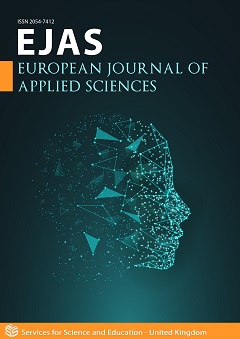Flora and Fauna Status in the Plan for Structuring the Merchant and Visitor Parking Areas in the Borobudur Temple Area, Indonesia
DOI:
https://doi.org/10.14738/aivp.102.11964Keywords:
Flora; Avifauna,; Butterfly; Dragonfly; Diversity index (H'); Environmental management plan, Borobudur templeAbstract
Borobudur Temple's ecotourism needs to be improved, namely the relocation of small traders' commercial activities and the arrangement of tourist parking lots. The purpose of this study was to analyze the status of flora and fauna in the area around Borobudur Temple for merchants and guest parking areas. A random sampling design was used to determine the biodiversity survey. Flora was observed using a quadrant approach, avifauna using a point count method, and dragonflies and butterflies using a transect method. The Diversity Index value in the tree, pole, sapling, and seedling categories was 2, whereas the Diversity Index value in the herb category was > 2.89. The bird variety index value in the project location area is 2.25, whereas it is 1.76 outside the project area. In the project site area, dragonflies have a diversity index value of 2.17, whereas, outside the project area, the diversity index value is 1.62. The butterfly diversity index value outside the project area is 3.37, while it is 3.20 in the project location area, and there is no protected flora or animals. During the inspection, no protected plants or animals were found. The vegetation outside the project is the most stable. The project area on site has more bird variety and a better environment for dragonflies, but the outdoor project area has superior butterfly habitat. Existing vegetation will be maintained, and new trees will be planted as part of the management approach.
Downloads
Published
How to Cite
Issue
Section
License
Copyright (c) 2022 Slamet Isworo, Poerna Sri Oetari

This work is licensed under a Creative Commons Attribution 4.0 International License.






